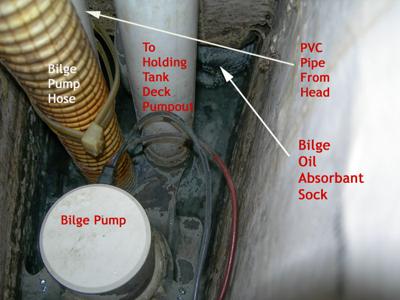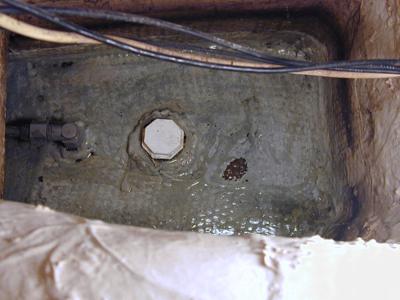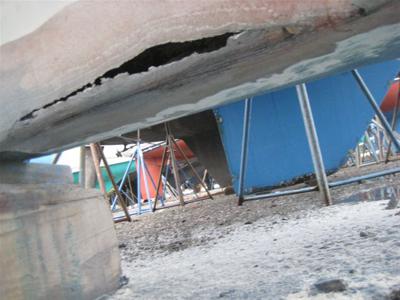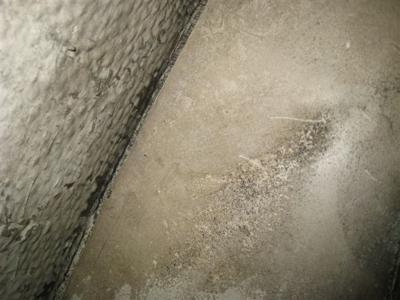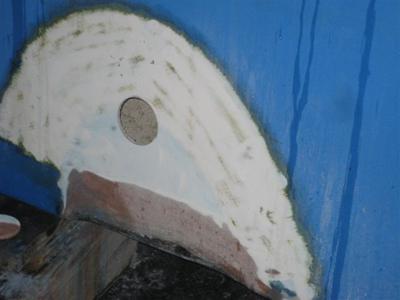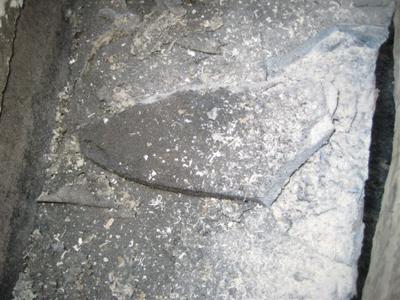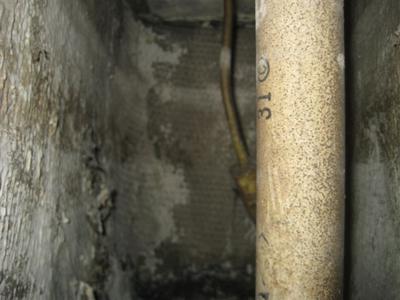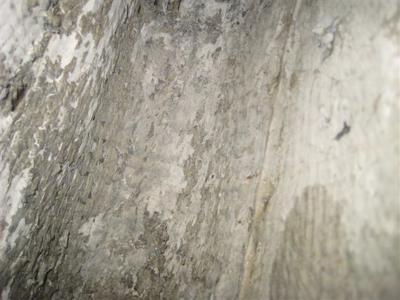I need your collective wisdom with a question re holding tank on 1980 382.....
I don't think the holding tank on Celerity was ever plumbed. Here's why: no hoses or fittings (that I can see) down to or on the top of the holding tank (bottom of bilge). The pumpout deck plate is there but no hose seen (I can see the bottom of deckplate behind the breaker panel but no hose). No evidence there was ever a vent opening on transom on starboard side (only one is present, presumably for starboard water tank; 2 are on port, one for port water tank and other for diesel tank).
One thing that is puzzling is there does seem to be some 1-1/2" PVC tubing (not connected) running from head through main salon bulkhead, presumably behind the port settee, under the galley sink and then it disappears....I can't find it exiting from the cabinet. The head is not connected to the PVC; head is connected to a y-valve to go directly overboard or to LectraSan and then overboard.
Would you all agree with my conclusion? If you agree, how would you go about plumbing it? Would you? What concerns would there be? Should I be concerned that the "space" in the keel for the holding tank is not "empty"? Would you have a yard drill into top of bilge where holding tank should be? I would also be concerned about issues involving leaking of its contents (once plumbed and in use) into bilge as some on list have mentioned. I guess I could have yard reglass the area where bilge bottom turns up...
I have a Lectra-San which keeps me legal outside of no discharge zones (I'm in NC) but I will be needing a holding tank for no-dischrge zones. Any advice you can give me would be greatly appreciated. I may try calling Morgan/Catalina to find out if they can tell me from old records if it was plumbed at factory....
I would appreciate pics of plumbing for holding tank area from anyone with a 1980 382 so I can see what installation should look like.
Thanks for any input.
Melinda
I don't think the holding tank on Celerity was ever plumbed. Here's why: no hoses or fittings (that I can see) down to or on the top of the holding tank (bottom of bilge). The pumpout deck plate is there but no hose seen (I can see the bottom of deckplate behind the breaker panel but no hose). No evidence there was ever a vent opening on transom on starboard side (only one is present, presumably for starboard water tank; 2 are on port, one for port water tank and other for diesel tank).
One thing that is puzzling is there does seem to be some 1-1/2" PVC tubing (not connected) running from head through main salon bulkhead, presumably behind the port settee, under the galley sink and then it disappears....I can't find it exiting from the cabinet. The head is not connected to the PVC; head is connected to a y-valve to go directly overboard or to LectraSan and then overboard.
Would you all agree with my conclusion? If you agree, how would you go about plumbing it? Would you? What concerns would there be? Should I be concerned that the "space" in the keel for the holding tank is not "empty"? Would you have a yard drill into top of bilge where holding tank should be? I would also be concerned about issues involving leaking of its contents (once plumbed and in use) into bilge as some on list have mentioned. I guess I could have yard reglass the area where bilge bottom turns up...
I have a Lectra-San which keeps me legal outside of no discharge zones (I'm in NC) but I will be needing a holding tank for no-dischrge zones. Any advice you can give me would be greatly appreciated. I may try calling Morgan/Catalina to find out if they can tell me from old records if it was plumbed at factory....
I would appreciate pics of plumbing for holding tank area from anyone with a 1980 382 so I can see what installation should look like.
Thanks for any input.
Melinda


